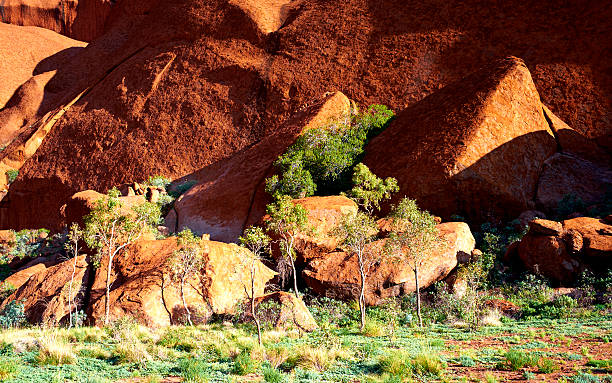Ayers Rock, also known as Uluru, is more than just a spectacular geological formation; it is a deeply spiritual and cultural landmark at the heart of Australia’s Red Centre. As a sacred site for the Anangu people, it offers visitors a chance to connect with ancient traditions and the stark beauty of the outback. This article will guide you through the best things to do at Ayers Rock, ensuring you make the most of your visit, whether you’re on a 2 day Uluru tour or a longer journey of discovery.
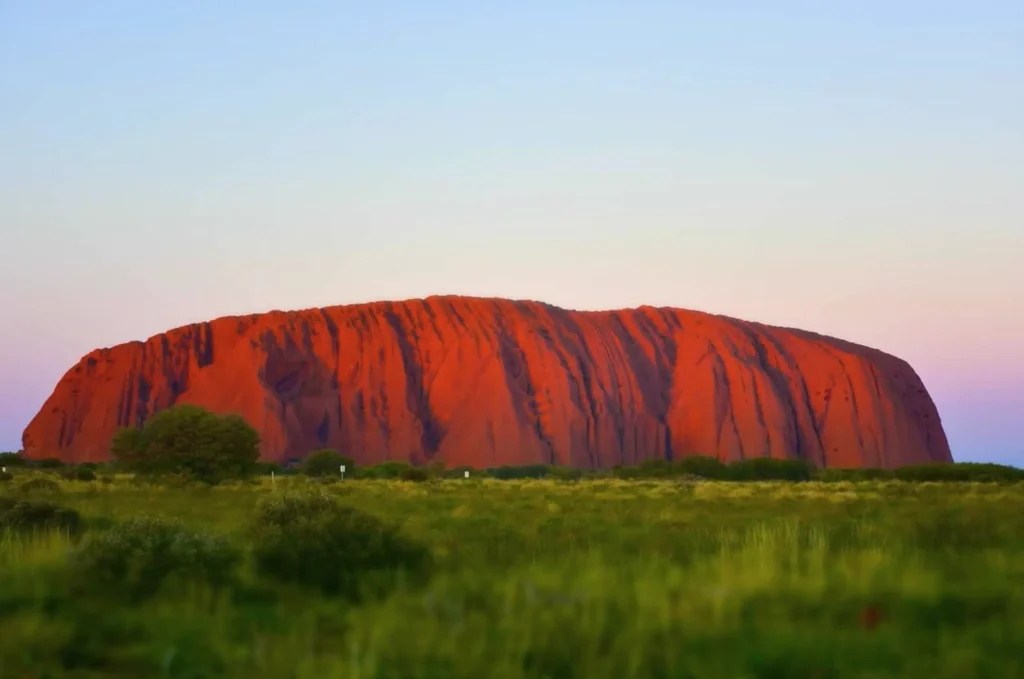
Introduction to the Majestic Ayers Rock

Towering above the surrounding landscape, Ayers Rock, or Uluru, stands as a majestic monolith, rich in Aboriginal culture and heritage. The Anangu people have lived near this iconic sandstone feature for tens of thousands of years, and it remains central to their belief systems and way of life. Designated as a UNESCO World Heritage site for both its cultural and natural values, Ayers Rock attracts visitors from around the globe, drawn to its stunning vistas and deep spiritual resonance.
When to Visit Ayers Rock for the Best Experience
Timing your visit to Ayers Rock is crucial for the best experience. The region experiences extreme temperatures, with scorching summers and chilly winters. The ideal time to visit is during the cooler months, from May to September, when the weather is most favorable for outdoor activities. The park is open year-round, but keep in mind that visiting hours may vary seasonally, so it’s advisable to check in advance. Entry fees are required for access to the Uluru-Kata Tjuta National Park, with options for various pass lengths to suit your travel plans.
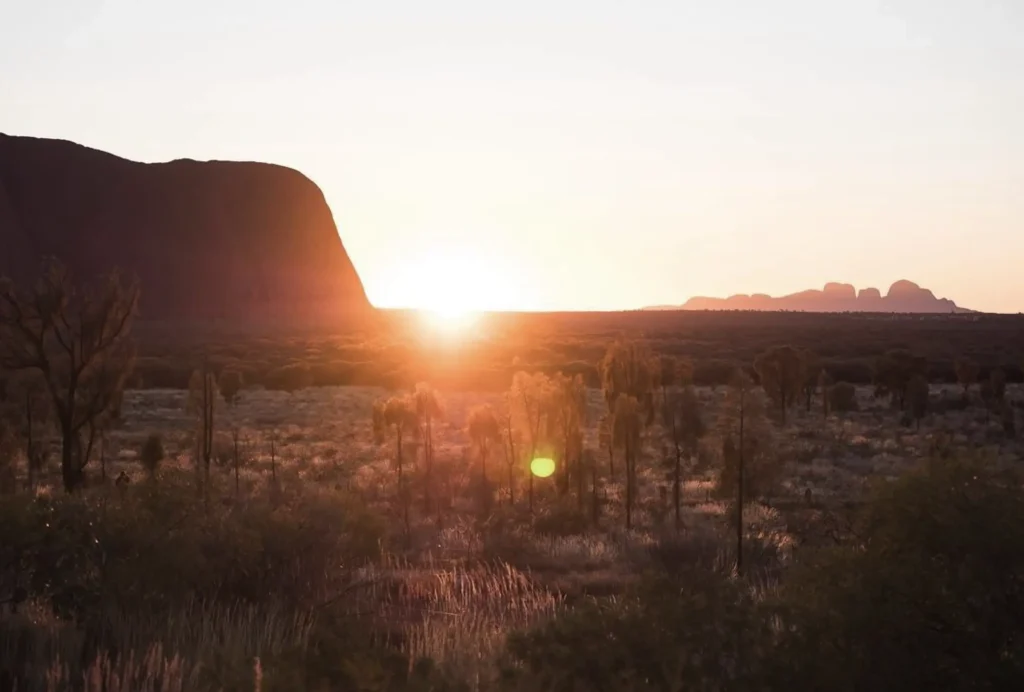
Unmissable Experiences at Ayers Rock
One of the most profound ways to appreciate Uluru is by taking the Base Walk. This 10-kilometer trek allows you to witness the rock’s grandeur up close, marvel at its geological formations, ancient rock art, and take in the stillness of the surrounding desert. You will learn about the rock’s cultural significance to the Anangu people, and it’s important to honor their customs by not climbing the formation.
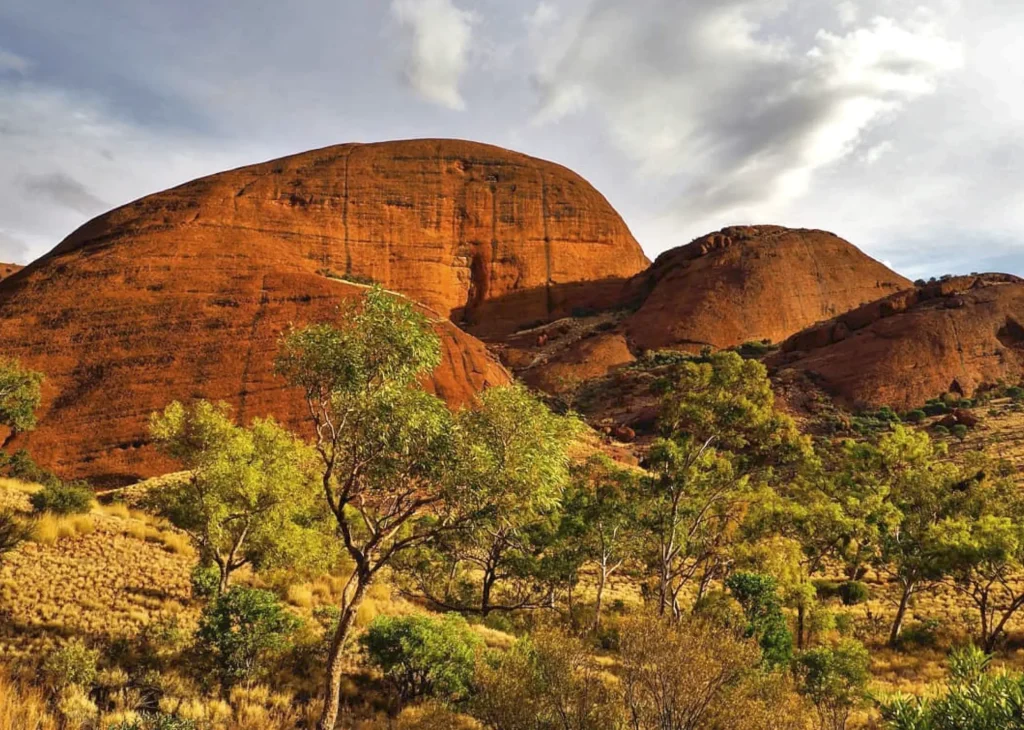
Catch the Changing Colours: Sunrise and Sunset Viewing
The sight of Ayers Rock as it undergoes a dramatic transformation during sunrise and sunset is truly magnificent. During these times, the rock appears to glow with vibrant reds, oranges, and purples, creating a magical experience for onlookers. To capture these moments, visitors can find several lookout points around the park that offer panoramic views. Sunset and sunrise are also popular times for photography, and guided tours often include storytelling that enriches the visual spectacle.
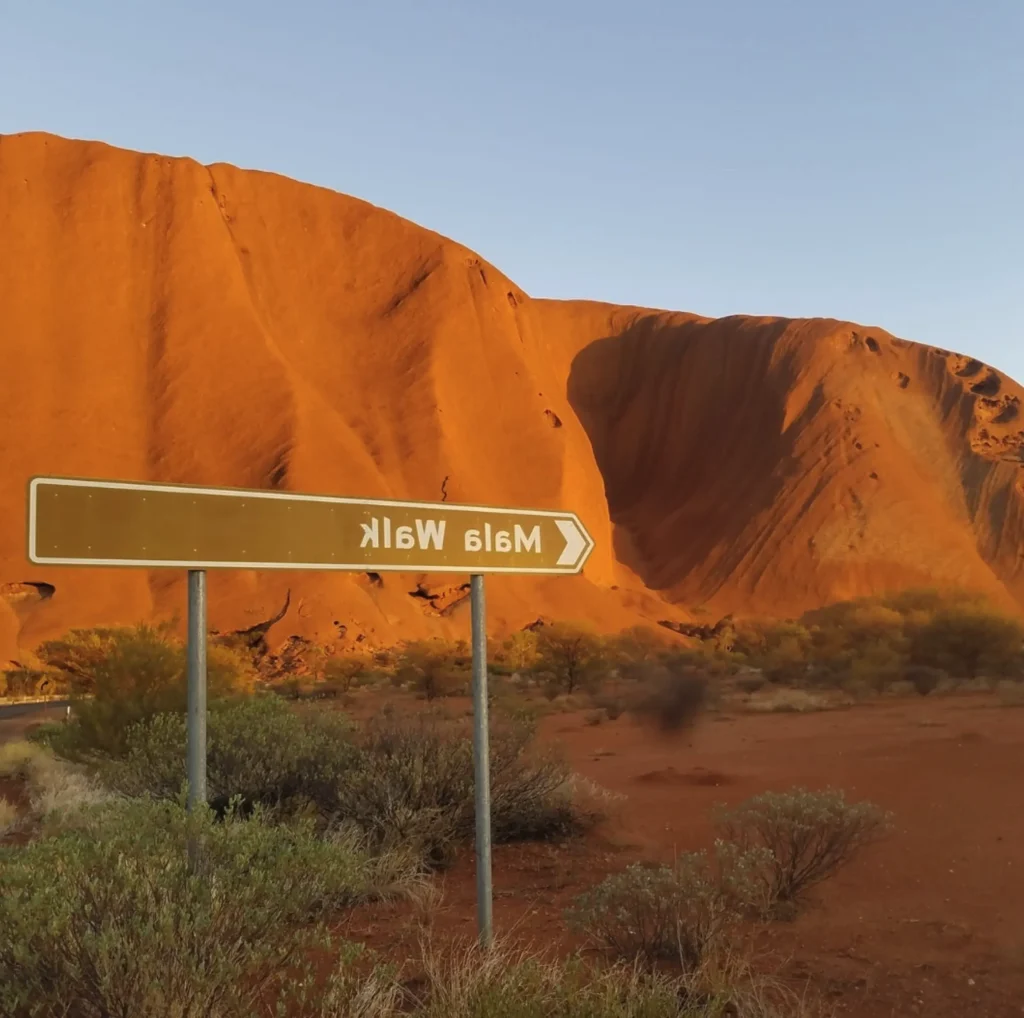
Explore Indigenous Culture: Cultural Centre and Guided Tours
The Uluru-Kata Tjuta Cultural Centre provides an enlightening introduction to the Anangu culture and the natural environment surrounding Ayers Rock. Visitors are encouraged to start their explorations here to gain a deeper understanding of the site’s cultural significance before venturing out into the national park. The centre also offers information on guided tours, which often involve traditional Anangu storytellers sharing their people’s creation stories and the laws of the land.
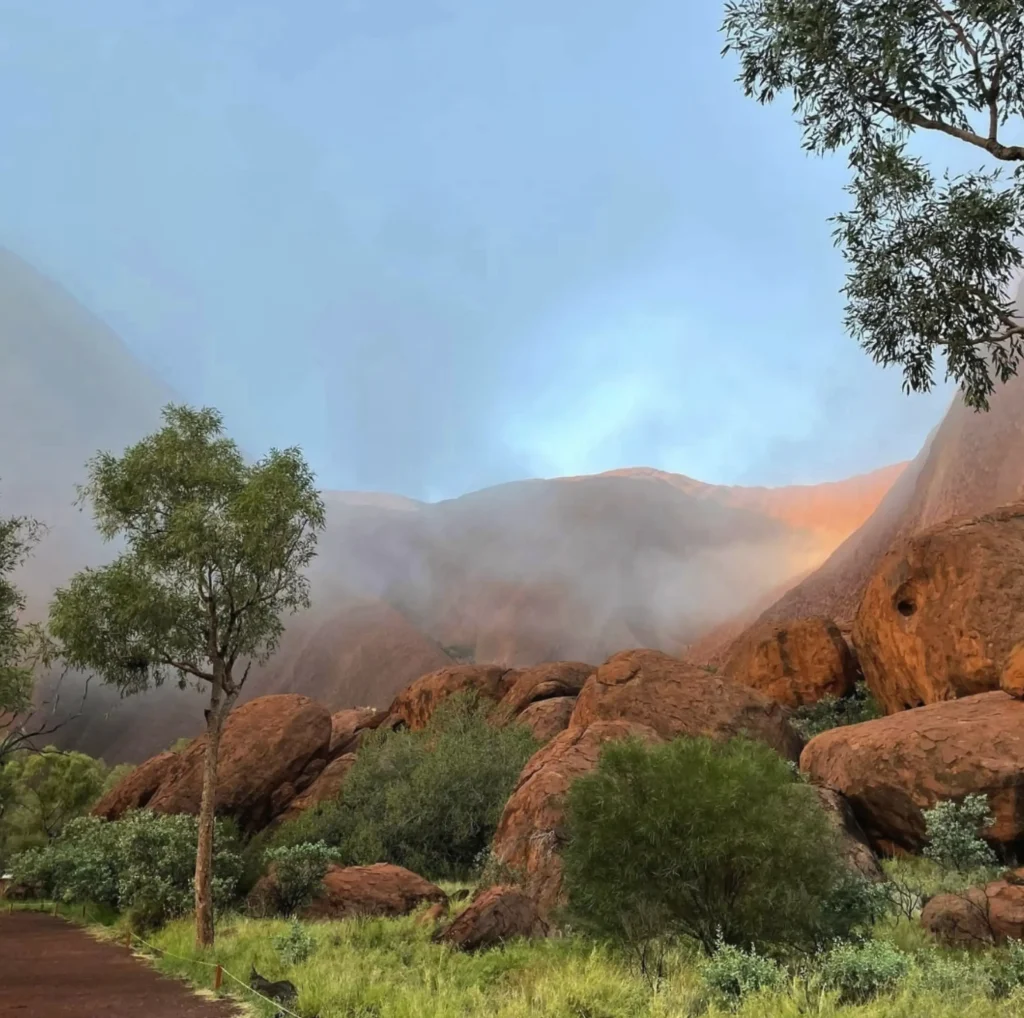
Stargazing in the Desert: A Cosmic Spectacle
The clear skies above the Red Centre offer an unrivaled stargazing experience. Away from city lights, the stars and planets shimmer with exceptional clarity. For the best experience, join a guided stargazing tour where experts will help you navigate the night sky or simply lay back and marvel at the Milky Way’s splendour on your own. Ayers Rock provides an unforgettable backdrop for this cosmic journey.
Adventurous Activities Around Ayers Rock
For a bird’s eye view of Ayers Rock and the surrounding desert, consider booking a helicopter or hot air balloon tour. From high above, the magnitude of the landscape unfolds beneath you, with the majestic Uluru at its heart. Witnessing the changing colors of the rock from the sky is an awe-inspiring experience that provides a unique perspective on this spiritual place.
Thrilling Rides: Camelback and Segway Tours
Add some adventure to your visit with a camelback or Segway tour around Ayers Rock. Camels, known as the ‘ships of the desert’, offer a peaceful and traditional way to explore the outback, while Segways provide a modern and exhilarating mode of transportation. Both offer guided experiences, ensuring that riders have fun while learning about the region.
| Activity | Duration | Approximate Cost |
|---|---|---|
| Base Walk | 3-4 hours | Free |
| Sunrise/Sunset Viewing | 1-2 hours | Free |
| Cultural Centre Visit | 1-2 hours | Free |
| Stargazing Tour | 2-3 hours | $50-$100 |
| Helicopter Tour | 15-30 min | $150-$300 |
| Camelback Tour | 1-2 hours | $80-$110 |
| Segway Tour | 2.5 hours | $130-$150 |
Please note that pricing is approximate and is subject to change. It is advisable to check with the respective tour operators for up-to-date pricing and availability, especially when planning a 2 day Uluru tour that may require bookings in advance.
Discover the Desert’s Secrets: Guided Walks and Cultural Experiences
Guided walks and cultural experiences are invaluable for visitors who want to delve deeper into the stories and secrets of Ayers Rock. Local guides can reveal facets of Uluru that might otherwise be overlooked, from ancient rock paintings to hidden waterholes. Cultural workshops such as dot painting, bush food tastings, and traditional storytelling sessions offer hands-on opportunities to connect with the land and its people.
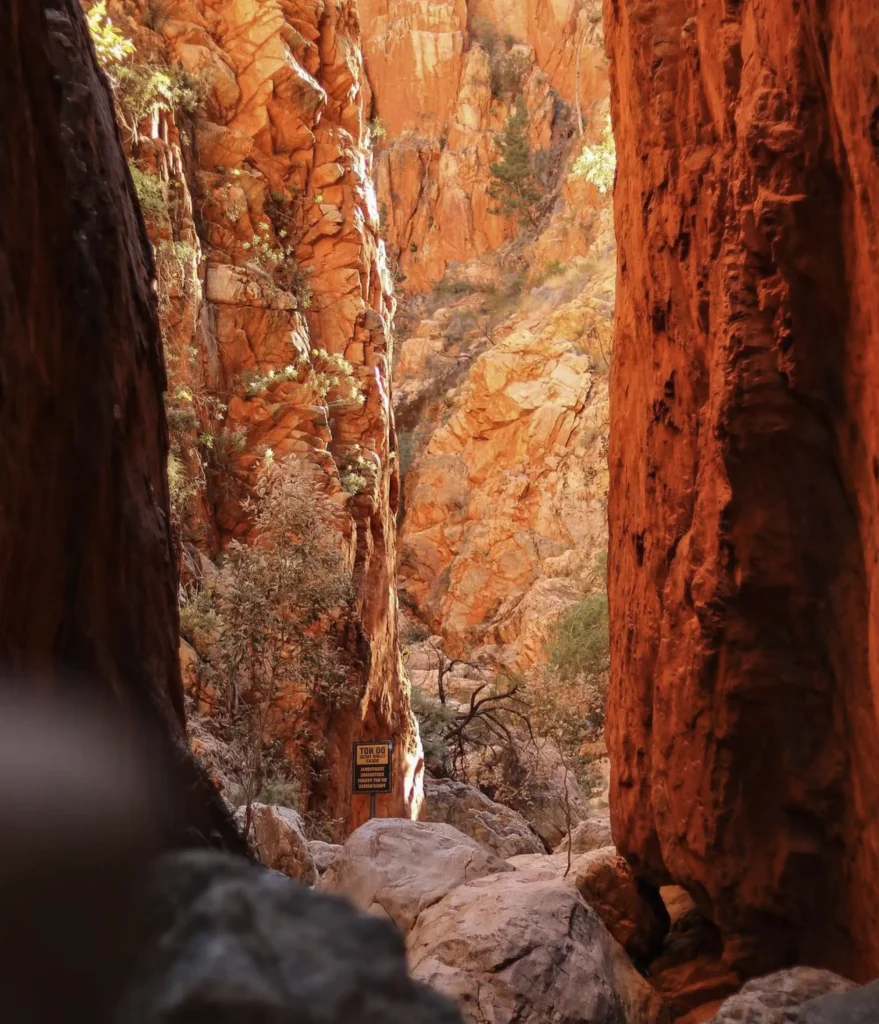
Accommodations and Dining Near Ayers Rock
When planning your 2 day Uluru tour or extended stay, you’ll find a range of accommodation options to suit different preferences and budgets, from luxury resorts to camping grounds. Dining experiences near Ayers Rock are also plentiful, offering everything from gourmet meals under the stars to casual cafes. Wherever you choose to stay or dine, you’ll find that the local hospitality is as warm as the desert sun.
Sustainable Tourism at Ayers Rock
Ayers Rock is not only a natural wonder but also a cultural treasure that requires our respect and preservation. Tourists are urged to practice sustainable tourism by respecting the local customs, minimizing their environmental impact, and supporting indigenous businesses. By being mindful visitors, we ensure that the beauty and spirituality of Uluru can be shared with future generations.
Planning Ahead: Tips for a Smooth Visit
- Check the weather forecast and national park hours before your visit.
- Book accommodations and tours well in advance, especially during peak travel seasons.
- Stay hydrated and protected from the sun — bring a reusable water bottle, sunscreen, and a hat.
- Be aware of cultural sensitivities and do not photograph sacred sites if restricted.
- Pack appropriate clothing for the desert climate, which can vary greatly between day and night.
The 3 Best Tour Operators for Uluru Tours
If you’re planning to explore Uluru, choosing the right tour operator can make all the difference. Below are three top-rated operators, each offering a unique travel experience—from eco-friendly tours to adventurous safaris and wildlife exploration.
Autopia Tours
- Tour Type: Small Group Eco Tours
Overview:
Autopia Tours is known for its eco-friendly, small group tours that focus on sustainability and personalized service. Their Uluru packages take you beyond the usual spots like Uluru, Kata Tjuta, and Kings Canyon, incorporating cultural and natural discoveries along the way. Their approach emphasizes minimal environmental impact while providing a customized experience tailored to the needs of their travelers.
Highlights:
- Small, personalized excursions for an intimate experience
- Guided cultural walks with local Aboriginal communities
- Enjoy both sunrise and sunset views of Uluru
Wayoutback Safari Tours
- Tour Type: Adventure and Camping Safaris
Overview:
For those seeking an adventurous, rugged outback experience, Wayoutback Safari Tours is the perfect choice. These tours include bush camping, cultural activities, and thrilling hikes. Their multi-day tours take you through Uluru, Kata Tjuta, Kings Canyon, and Watarrka National Park, making them ideal for travelers who want to immerse themselves in traditional Australian safari adventures.
Highlights:
- Sleep under the stars in bush camps with tents and sleeping bags
- Exciting hikes, such as the Canyon Vista walk
- Insights into Aboriginal traditions and culture
Wildlife Tours Australia
- Tour Type: Adventure and Wildlife Tours
Overview:
Combining adventure with wildlife, Wildlife Tours Australia offers a unique way to explore Uluru’s stunning landscapes and native species. These tours are perfect for nature lovers who want to connect with the fauna and floraof the region while enjoying Uluru’s majestic views. Additionally, the tours focus on sustainable practices, making them a great option for environmentally conscious travelers.
Highlights:
- Close encounters with native plants and animals
- Deep insights into the landscape’s cultural and ecological significance
- Environmentally sustainable travel options led by expert guides
Conclusion
Whether you’re after an eco-friendly small group tour, a rugged outback adventure, or an immersive wildlife experience, these three tour operators—Autopia Tours, Wayoutback Safari Tours, and Wildlife Tours Australia—offer diverse yet equally enriching ways to discover the magic of Uluru. Choose the operator that best aligns with your interests, whether it’s sustainability, adventure, or a deep connection with nature. Ayers Rock/Uluru is a destination that stirs the soul with its ancient grandeur and spiritual significance. Whether you’re marveling at its changing hues, exploring its base, or gazing upon the stars, each experience at Ayers Rock brings a new level of appreciation for this timeless land. By visiting with respect and curiosity, we can all take part in the preservation and celebration of Australia’s Red Centre.
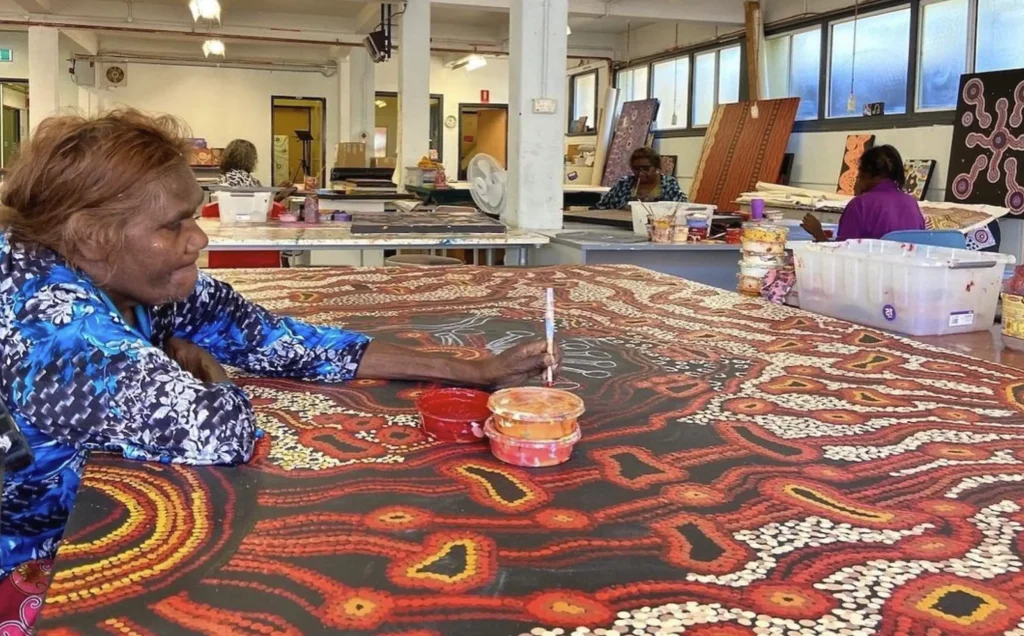
Frequently Asked Questions About Visiting Ayers Rock
Is climbing Ayers Rock still allowed?
No, climbing Ayers Rock/Uluru is prohibited as of October 2019 out of respect for the traditional laws of the Anangu, the rock’s custodians. Visitors are encouraged to explore other aspects of the site that are just as enriching and respectful of local customs.
What should I bring for a day trip to Ayers Rock?
For a comfortable and safe visit to Ayers Rock, bring plenty of water to stay hydrated, high-SPF sunscreen, a wide-brimmed hat for sun protection, sturdy walking shoes for exploration, and a camera to capture the stunning landscapes and unique moments of your trip.
Are there any entry fees for Ayers Rock?
Yes, there are entry fees to Uluru-Kata Tjuta National Park which grant you a 3-day pass. As of the last update, prices are approximately $25 for adults and $12.50 for children. There are also family passes available. It is recommended to check the official website for the most current pricing information.
Can I visit Ayers Rock on my own, or do I need a guided tour?
Visitors can explore Ayers Rock on their own, adhering to the established paths and viewing areas. However, for a deeper understanding of the cultural significance and natural history, guided tours are highly recommended. Guides can provide insights not found in guidebooks and enrich your experience significantly.
How close can I get to Ayers Rock if I cannot climb it?
While climbing Uluru is now off-limits, you can still walk around its base on designated tracks, which bring you up close to the monolith. These tracks allow for an immersive experience and the opportunity to see rock art, flora, and fauna, and to feel the sacred atmosphere of this extraordinary place.
